

Elasticsearch is widely used in various domains, including application search, website search, log and event data analysis, and business intelligence. Its flexibility, scalability, and real-time search capabilities make it a popular choice for building search and analytics applications.
It’s also advisable to check the official Elasticsearch Documentation for any additional details or updates.
Table of Contents
What is Elasticsearch?
Elasticsearch is a powerful, distributed, open-source search and analytics engine built on top of Apache Lucene. It is designed to handle large volumes of data and to provide near-real-time search and analytics capabilities. Elasticsearch is part of the Elastic Stack, which also includes Logstash for log data collection, and Kibana for data visualization and management.
Download Elasticsearch
Visit the Elasticsearch official website.
You can download Elasticsearch using this download link and download for Windows.
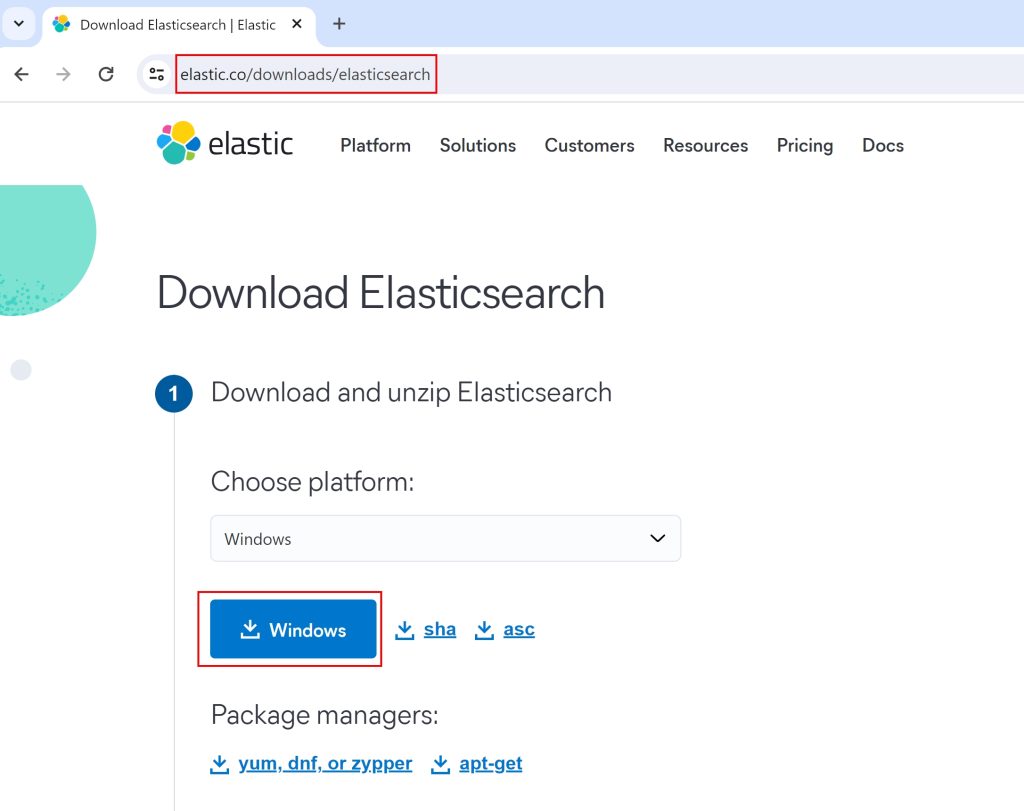
To download the past released versions for Elasticsearch get here,
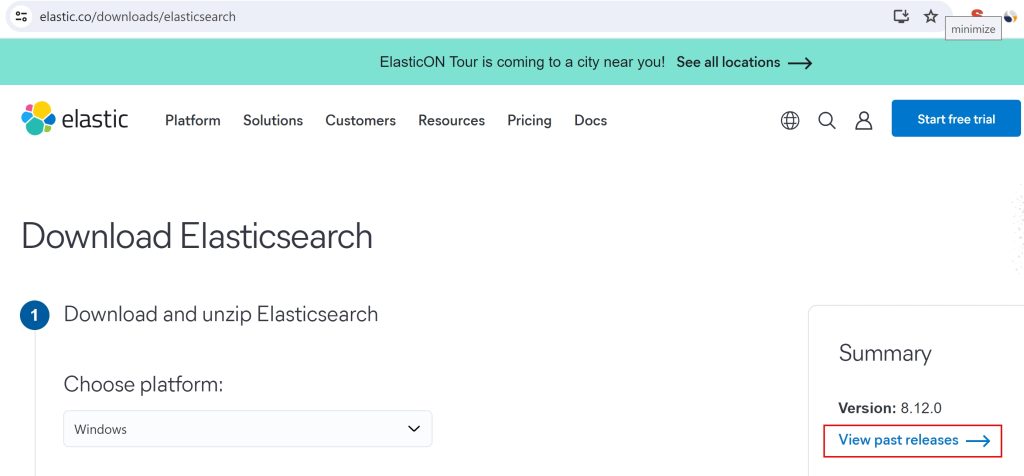
Extract the Downloaded file
Locate the downloaded Elasticsearch.zip file (elasticsearch-8.12.0-windows-x86_64.zip).

Extract the Elasticsearch.zip file in the C:\ directory
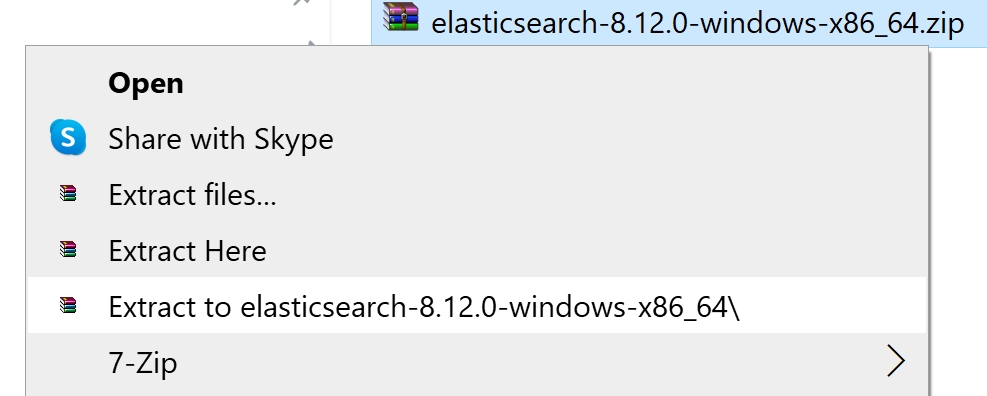
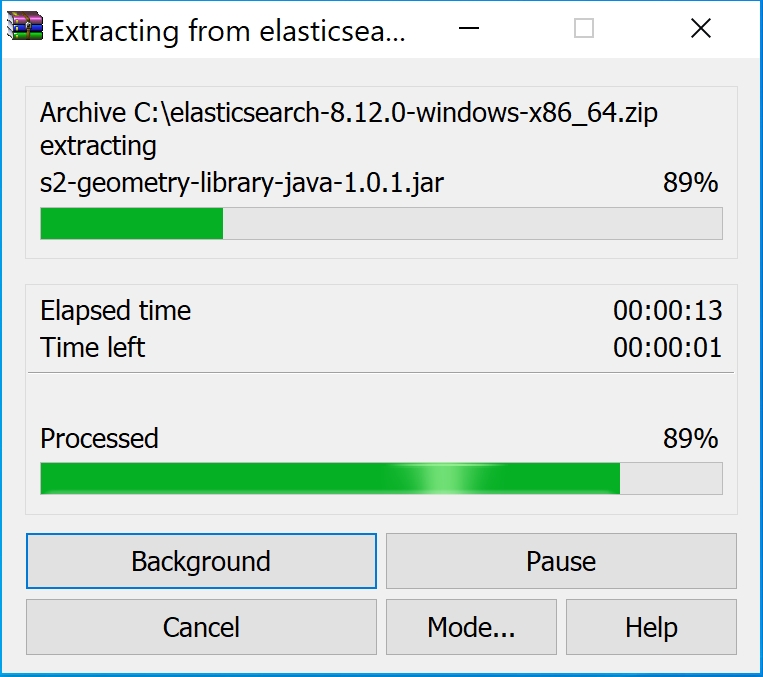

Install Elasticsearch Service
Navigate to the elasticsearch folder and run the below command:
cd C:\elasticsearch-8.12.0\bin elasticsearch-service.bat install elasticsearch-service.bat start
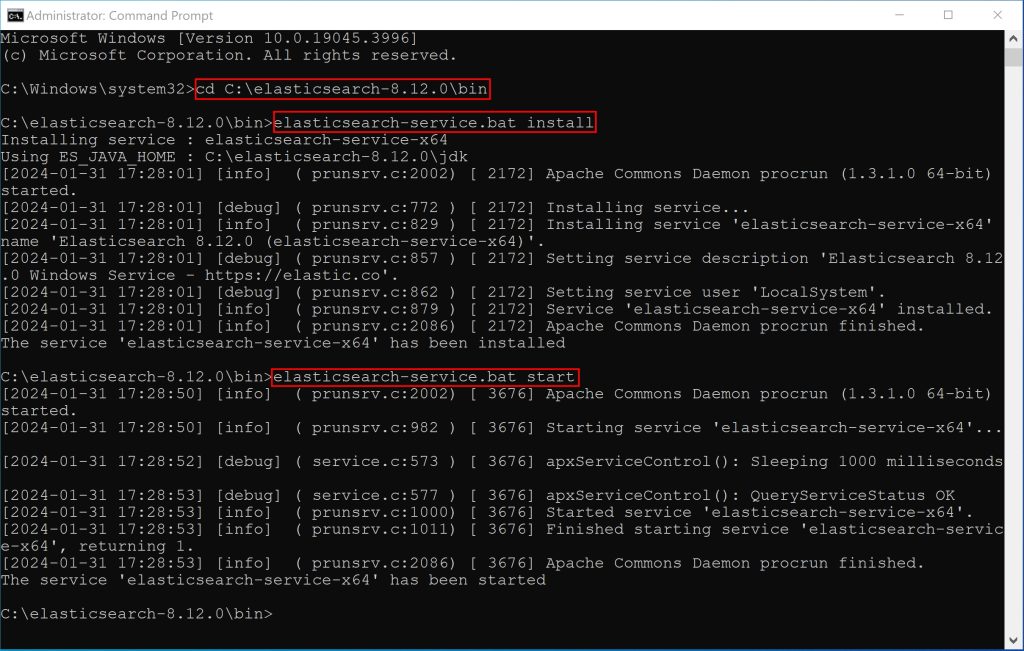
Set The Password for Elasticsearch User
Run the below command to set the password for the default elasticsearch user as follow:
elasticsearch-reset-password -u elastic

Run the Elasticsearch
Navigate to the Elasticsearch directory “C:\elasticsearch-8.12.0\bin” and run the elasticsearch.bat file as administrator to start the Elasticsearch.
You may encounter a User Account Control (UAC) prompt on Windows. Click “Yes” to allow the installer to make changes to your system.

Access Elasticsearch
Open a web browser and navigate to http://localhost:9200
It will prompt you Username and Password window, please enter the previously generated elastic user password.
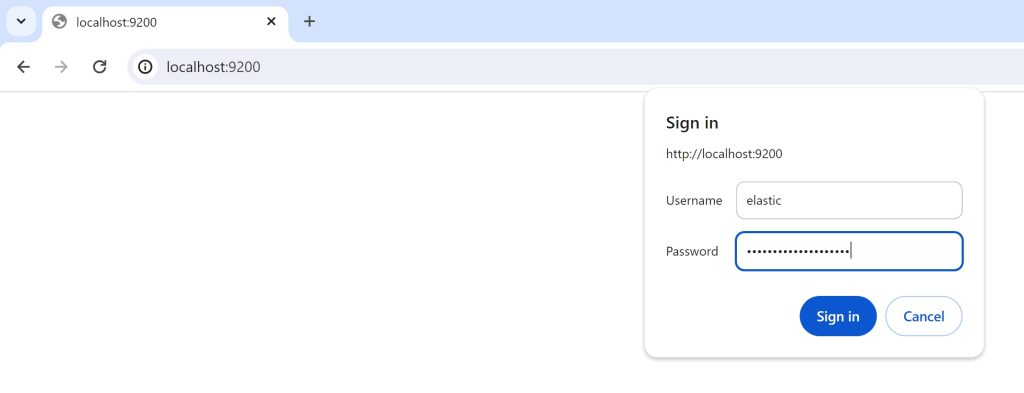
If everything is set up correctly, you should see a JSON response indicating that Elasticsearch is running.
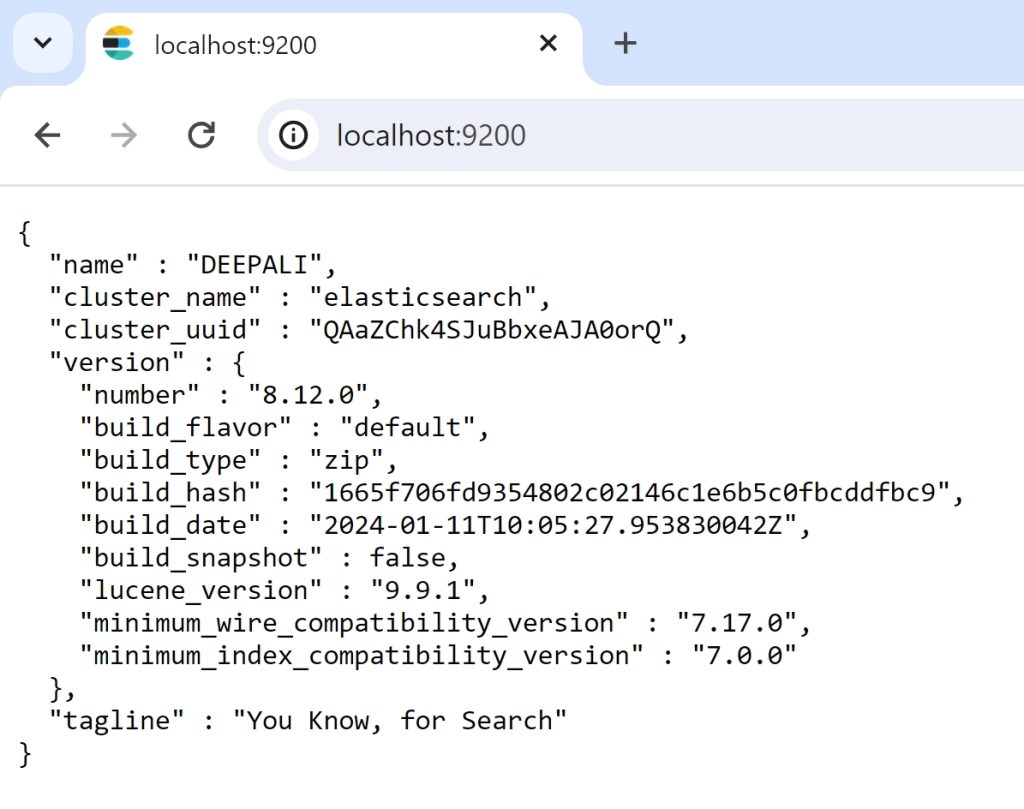
Elasticsearch should now be installed and running on your Windows machine. Note that this is a basic setup, and you might need to further configure Elasticsearch based on your specific requirements.
Keep in mind that Elasticsearch should not be used in a production environment without proper security configurations.



